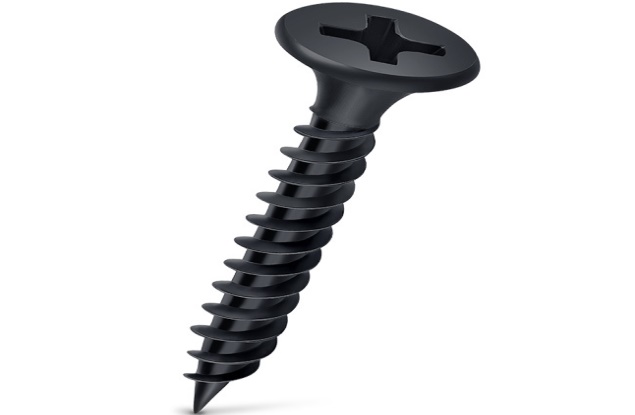Essential Guide to Measuring Self-Tapping Screw Products for Optimal Performance
Understanding Self-Tapping Screw Measurement Products
Self-tapping screws are essential fasteners in various industries, from construction and manufacturing to electronics and automotive. Their ability to create their own mating threads in materials, such as metal and plastic, makes them a versatile and time-saving choice for assembly. However, while selecting the right self-tapping screw is crucial, understanding how to measure these products accurately is equally important to ensure proper application and performance.
What are Self-Tapping Screws?
Self-tapping screws are designed to drill into materials and form a thread as they are driven in. Unlike standard screws, which often require a pre-drilled hole, self-tapping screws can effectively penetrate materials on their own, providing a strong hold without additional tools. There are several types of self-tapping screws, including
1. Self-Drilling Screws These screws have a sharp, drill-like point that allows them to drill into hard materials without pre-drilling. 2. Sheet Metal Screws Designed specifically for fastening thin sheets of metal, these screws often feature a sharp point and threads designed for optimal grip in metal. 3. Wood Screws While commonly used in wood applications, some wood screws may also function as self-tapping in softer materials.
Understanding the distinction among various self-tapping screws is crucial for achieving the desired outcomes in a project.
Importance of Accurate Measurement
Accurate measurement of self-tapping screws is vital for several reasons
1. Fit and Compatibility To ensure that screws fit properly within their intended materials, precise measurements must be taken. This includes not only the length and diameter of the screw but also the thread pitch and type. 2. Load Capacity Each screw is designed to bear a specific load. Incorrect measurement can lead to using a screw that is either too small or too large, compromising the integrity and strength of the assembly. 3. Aesthetic Considerations In applications such as furniture assembly or electronics casing, screw head size and design can have aesthetic implications. Ensuring the right measurements helps maintain a clean and professional appearance.
4. Preventing Material Damage Using incorrectly sized screws can lead to material splitting or cracking. Proper measurement minimizes this risk.
Key Measurements for Self-Tapping Screws
self tapping screw measurement products

When measuring self-tapping screws, several key dimensions must be considered
1. Diameter The major diameter of the screw is critical and usually measured in either inches or millimeters. This dimension affects both the strength and the fit of the screw.
2. Length Length is measured from the top of the head to the tip of the screw. Selecting the correct length ensures that the screw penetrates the material adequately without protruding excessively.
3. Thread Pitch This is the distance between each thread, commonly measured in threads per inch (TPI) or millimeters per thread. Different materials and applications require different thread pitches for optimal performance.
4. Head Type The type of head (flat, pan, round, etc.) affects not only aesthetics but also the screw's functionality in specific applications. Measuring the head diameter and height is also necessary for proper installation.
5. Material and Coating The type of material (e.g., stainless steel, carbon steel) and any coatings (e.g., zinc plating, black oxide) can influence the screw's performance and corrosion resistance.
Tools for Measurement
To measure self-tapping screws accurately, a few tools are essential. A caliper is one of the most versatile tools, allowing for precise measurements of diameter, length, and even thread pitch with the right settings. A micrometer can also be useful for more precise measurements.
Additionally, a thread gauge can help determine the thread pitch without needing complex calculations. For more technical applications, digital measuring tools may be employed for greater accuracy.
Conclusion
Self-tapping screws play a vital role across various sectors, and understanding their measurement is critical for successful application. Accurate measurements ensure proper fit, load capacity, and prevent damage to materials. By utilizing the right tools and techniques, professionals can select and use self-tapping screws effectively, contributing to the reliability and quality of their projects. Ultimately, investing time in understanding these measurements aids in achieving the best results in fastening applications.
-
Top Choices for Plasterboard FixingNewsDec.26,2024
-
The Versatility of Specialty WashersNewsDec.26,2024
-
Secure Your ProjectsNewsDec.26,2024
-
Essential Screws for Chipboard Flooring ProjectsNewsDec.26,2024
-
Choosing the Right Drywall ScrewsNewsDec.26,2024
-
Black Phosphate Screws for Superior PerformanceNewsDec.26,2024
-
The Versatile Choice of Nylon Flat Washers for Your NeedsNewsDec.18,2024










